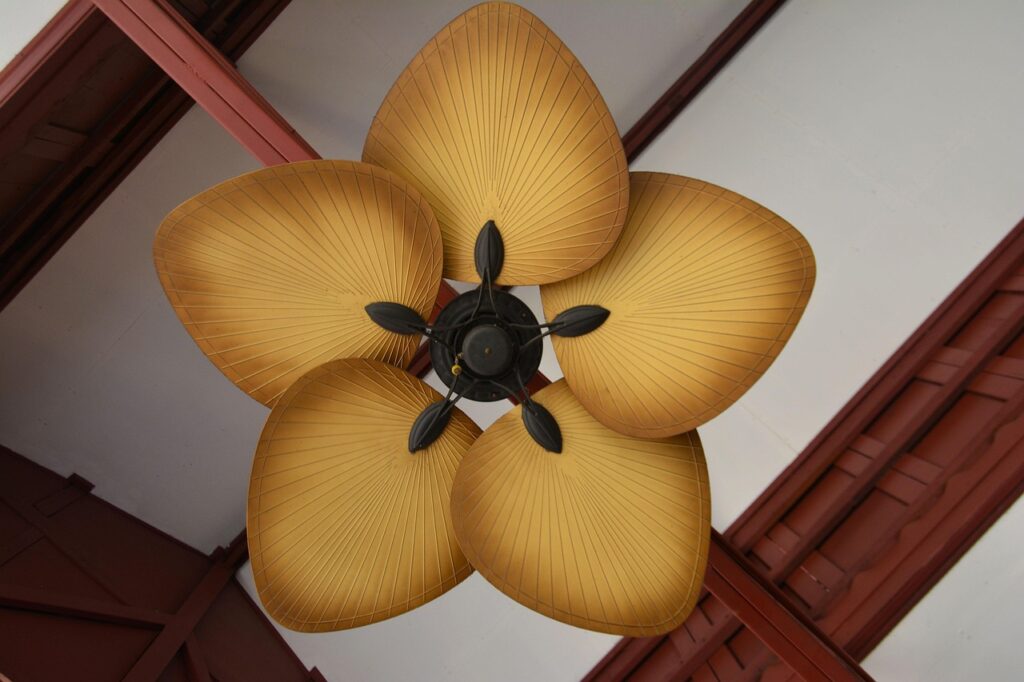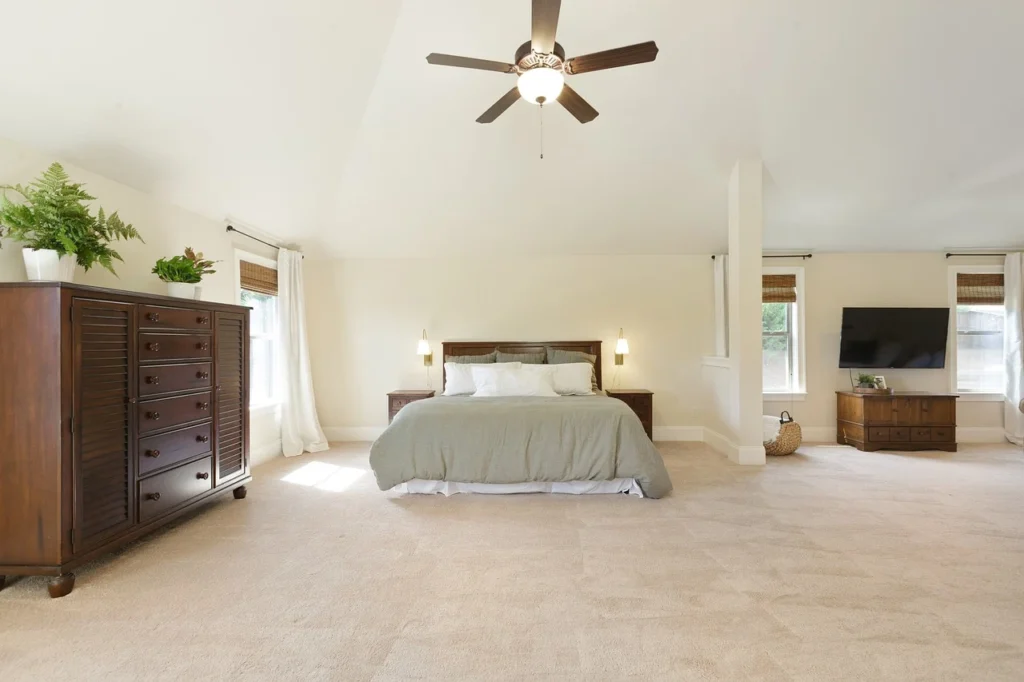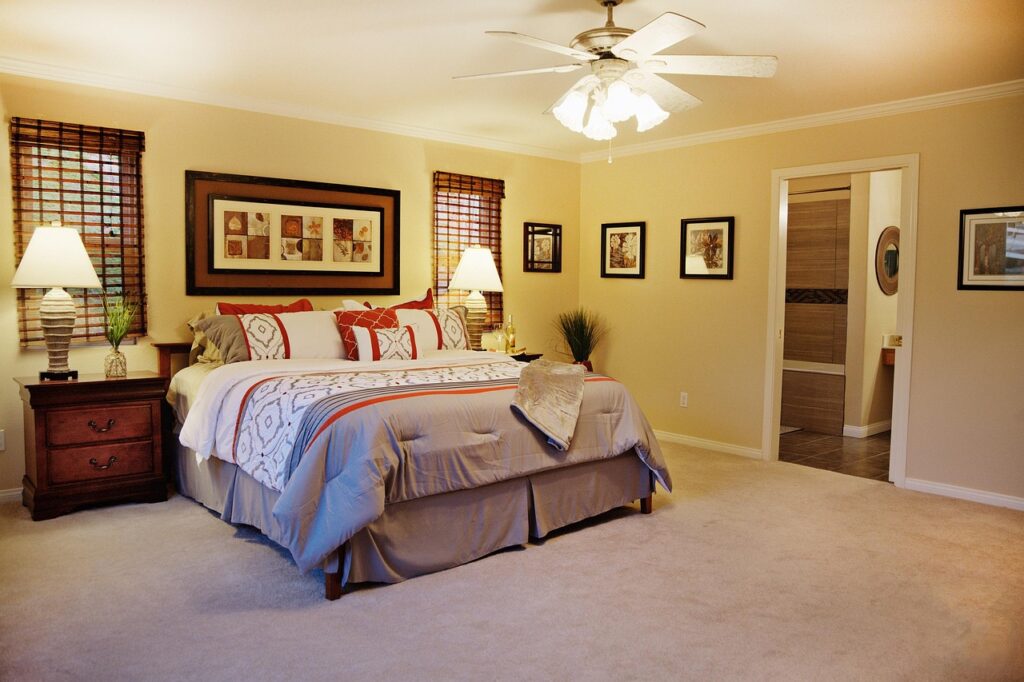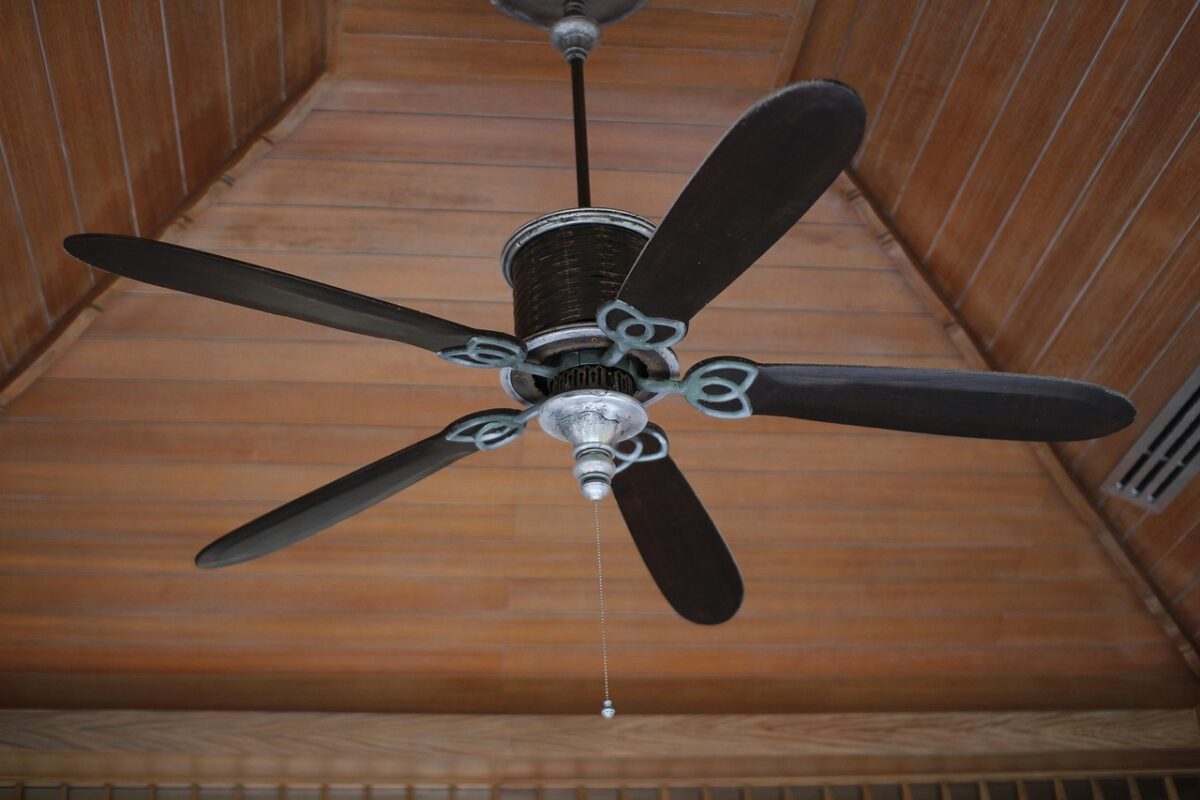Ceiling fans are a staple in many homes, offering a cost-effective way to enhance comfort during the warmer months. However, many people overlook the importance of the fan’s direction. Understanding which way a ceiling fan should turn in summer can significantly impact your comfort level and energy consumption. This article will guide you through the correct ceiling fan direction in summer, how to change it, and the benefits of ensuring your fan is set up for optimal performance.
Why Ceiling Fan Direction Matters in Summer

The direction in which your ceiling fan spins can dramatically affect how cool you feel in a room. In the summer, fans should turn counterclockwise. This rotation pushes air downwards, creating a cool breeze that mimics the natural wind. The airflow generated by a counterclockwise fan helps evaporate sweat from your skin, making you feel cooler without having to lower your thermostat.
Conversely, if the fan spins clockwise, it pulls air upwards, which can trap heat near the ceiling. This can lead to an uncomfortable environment, especially during hot summer days. Therefore, adjusting your fan’s direction is a simple yet effective way to enhance cooling and comfort.
To ensure your ceiling fan is operating efficiently in summer, it should turn counterclockwise. When viewed from below, the blades will be moving in a left-to-right motion. This direction creates a downdraft, which is essential for cooling. If you stand directly under a properly set fan, you should feel a refreshing breeze on your skin.
How to Check and Change Your Ceiling Fan’s Direction
Changing the direction of your ceiling fan is a straightforward process. Here’s a step-by-step guide:
- Turn off the fan to ensure safety.
- Locate the direction switch. This is typically found on the fan’s motor housing or remote control.
- Flip the switch to the opposite setting. If it was previously turning clockwise, switch it to counterclockwise.
- Turn the fan back on to test the new direction.
After making this adjustment, you should immediately notice the difference in airflow and comfort.
Benefits of Correct Ceiling Fan Rotation in Summer

Using your ceiling fan in the correct direction during summer offers numerous benefits:
- Enhanced Comfort: A counterclockwise rotation creates a cooling breeze that can make you feel several degrees cooler.
- Energy Savings: By feeling cooler, you can raise your air conditioning thermostat, leading to lower energy bills.
- Support for Air Conditioning: Ceiling fans can help distribute cool air more evenly throughout the room, allowing your AC to work more efficiently.
Common Myths About Ceiling Fan Direction
Despite the clear benefits of proper fan direction, several myths persist. Here are a few misconceptions debunked:
- Myth 1: Ceiling fans cool a room.
Truth: Fans do not cool air; they cool people by creating a wind-chill effect. - Myth 2: Fans should run all the time, even when not needed.
Truth: Turn off the fan when you leave the room to save energy. - Myth 3: Fan direction doesn’t matter.
Truth: Correct direction is crucial for maximizing comfort and efficiency.
Energy Savings Tips: Using Ceiling Fans Efficiently

To maximize the efficiency of your ceiling fan, consider the following tips:
- Use fans in conjunction with your air conditioning system for optimal cooling.
- Keep windows and doors closed to prevent warm air from entering.
- Regularly clean fan blades to ensure optimal airflow.
- Utilize timers or smart home technology to automate fan operation.
Troubleshooting: When Your Ceiling Fan Isn’t Cooling Properly
If your ceiling fan isn’t providing the cooling effect you expect, follow this quick troubleshooting checklist:
- Check if the fan is set to the correct counterclockwise direction.
- Inspect the fan blades for dust or debris that may impede airflow.
- Ensure the fan is running at the correct speed; adjust if necessary.
- Look for any unusual noises that may indicate mechanical issues.
If these steps do not resolve the issue, consider consulting a professional for further assistance.
